If cilantro is cut, will greens grow further?
I would like to see fresh greens in my menu all summer, so novice gardeners ask themselves the question: does the cilantro grow again after cutting or does the bush need to be pulled out of the ground and sowed again? Leaves can be cut from the plant multiple times. But still, for an uninterrupted supply of cilantro to the table from spring to autumn, it will have to be sown more than once.
Are the greens growing again?
Previously, cilantro was grown mainly in the Caucasus and Central Asia, but today this culture has ceased to be a rarity throughout Russia. Even especially popular varieties have appeared - "Picnic", "Yantar", "Venera" and others. In spring, in the climate of the Moscow region, seedlings appear on average after 2 weeks, and after 1–1.5 months it will be possible to cut the first greens. By this time, the bushes should have grown to 16–20 cm.
To extend the period for obtaining marketable greens, an important condition must be met. The fact is that cilantro continues to grow after cutting. However, if she went into color, you need to urgently remove the peduncles. Otherwise, the leaves will coarsen and become inedible. therefore cilantro should not be allowed to bloom... If you want to re-obtain greens from the planted plants, the inflorescences will need to be removed at the earliest stage of development. After that, cilantro is regularly watered, preventing the earth from drying out. Soon, new twigs with young leaves will grow, in quality not inferior to the first harvest.
The summer cycle of cultural development is shorter. To grow greens without interruption all summer, sowing is done from April to July every 2-3 weeks. For better development of the bushes, they are not placed too often. But you need to observe the golden mean, since if the landing is too loose, the use of the landing area will be uneconomical. The optimal scheme can be considered in which a gap of 10-12 cm is observed between the plants, and the interval between rows is 20-25 cm.
How to cut cilantro so that it grows further?
Cilantro will grow further if pruned frequently. Regular pruning delays flowering and seed formation. In addition, the younger the leaves of the plant, the more delicate and fragrant they are.
Cutting features:
- In young plants, cutting of greenery can be done without scissors. The branches are still pliable and thin, it is easy to pinch them off with your hands, squeezing the stem with your nails.
- You cannot pull the branches, so you can inadvertently pull out the plant itself by the root.
- The outer leaves are torn off or cut off for salad, and those that are next to the stem are left to develop further.
- In the case when it is necessary to get a large amount of cilantro at once (for example, for sale), the branches located at ground level are completely cut off.
- If you plan to leave the bush for re-cutting, no more than 1/3 of the entire leaf mass is removed from it at a time. The loss of a large number of leaves will greatly weaken the plant and its growth will slow down.
The bush is preliminarily inspected to assess its condition, and then I start cutting. If the cilantro is overgrown, it becomes unusable for food. In this case, there are only two options - to pull out the bushes and sow the greens again or leave the plants in the garden, waiting for the change to ripen on them.
How to plant cilantro for seeds?
If the choice of a site and the preparation of the soil for growing cilantro for greens is not too important, then you will have to try to grow a crop for seeds. For a plant to bloom and bear fruit, it needs good conditions.
Cilantro seeds are called coriander, and they are grown not only for further sowing, but also as a spice. The longer they are stored, the stronger and more pleasant aroma they acquire.
Before planting a crop for seeds, you must select a suitable site. It should be located on a hill, well illuminated by the sun, and cultivated for several years.
Before sowing, the soil is carefully dug up and in the fall, 4–5 kg of compost, 30 g of superphosphate and 20 g of potassium salt are added to each square meter. In the spring, nitrogen fertilizers are added (for example, 25 g of ammonium nitrate per 1 sq. M).
Coriander grows best after:
- legumes;
- cereals;
- potatoes.
You can not plant a crop in a garden where carrots, late cabbage, parsley, celery grew before - these vegetables and herbs greatly deplete the soil, depriving it of those elements that are necessary for coriander. With proper soil preparation during the growing season, the crop is no longer fertilized.
Sowing is carried out before winter or spring. To retain moisture in the soil, it is better to mulch the soil with peat. 5 days after sowing, the soil is loosened, after 10 days the procedure is repeated. Coriander care consists in timely thinning, watering, weeding and loosening.
Seed plants should not be used to cut greens, or the quality of the coriander will deteriorate. In this case, the inflorescences will appear later, which means that the seeds may not ripen properly.
Cilantro blooms with white or slightly pinkish umbrellas. Soon, small brown seeds will appear instead of flowers.
How to collect coriander seeds?
Beginners are often at a loss when they see coriander seeds. At first glance, it seems that harvesting the seeds will be difficult due to their small size. However, the collection technology is not complex.
As soon as the seeds have turned brown, the bushes are carefully cut to the root, tied in bunches and hung in the attic or in the shed. At the bottom, you need to spread a large oilcloth or a piece of cloth, since during the drying process some of the seeds will crumble on their own. After 2 weeks, it is time to remove the bundles. They are shaken to extract the remaining seeds. After that, the coriander is collected and sieved, getting rid of small debris.
Next, the seeds are treated differently, depending on how they will be used. If the coriander was grown for seasoning, it is simply poured into a glass jar for further storage and use. Seeds for planting are wrapped in paper bags and used for sowing in season. Planting material retains its germination capacity for 2 years.
Those who like the spicy and specific taste of cilantro can be advised to grow it in their own garden - this process is not at all complicated. The greens are suitable for fresh consumption and tolerate heat treatment well. Cilantro is not only considered a spice, but also has medicinal properties due to the biologically active substances, minerals and vitamins contained in it. To maintain the delicate texture and aroma of the leaves, it is important to cut the greens in a timely manner.
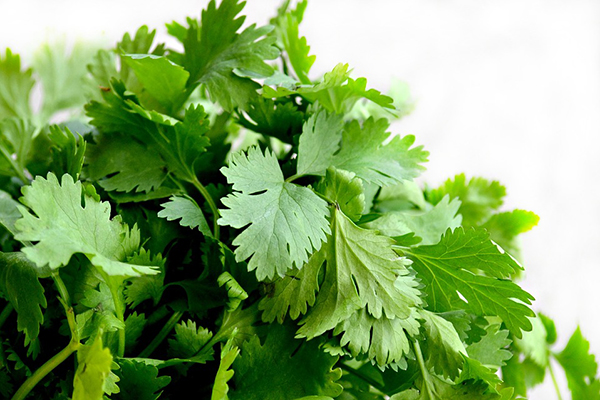

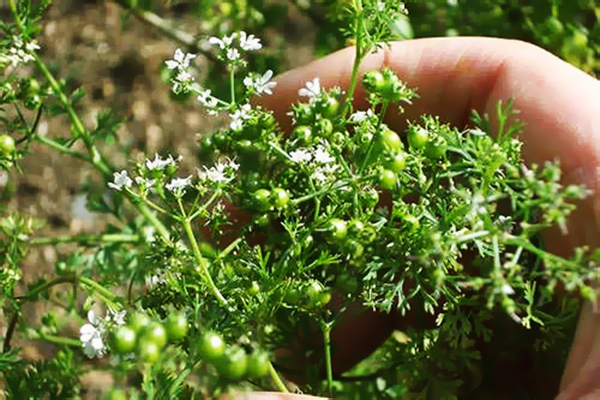
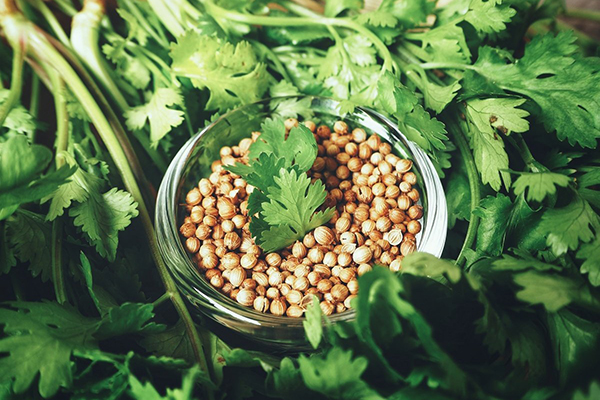
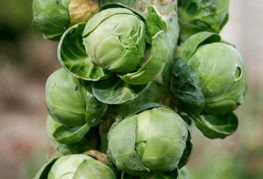
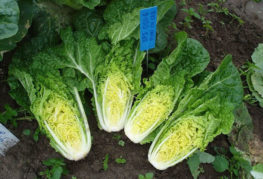
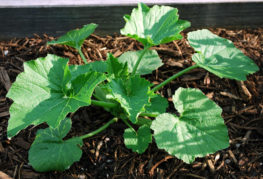
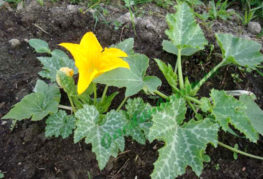
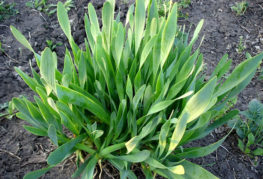
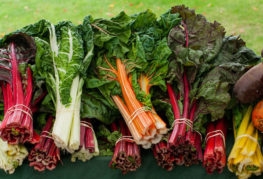
and will be published shortly.